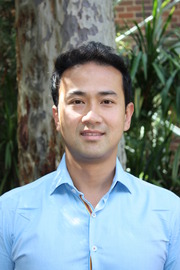ALS, Author Interviews, Neurological Disorders, Technology / 26.01.2018
BrainGate Technology Allows Tetraplegics To Rapidly Control Brain-Computer Interface
MedicalResearch.com Interview with:
David Brandman, MD, PhD
Postdoctoral research associate (neuroengineering), Brown University
Senior neurosurgical resident
Dalhousie University
BrainGate Website
MedicalResearch.com: What is the background for this study?
Response: People with cervical spinal cord injuries, ALS, or brainstem stroke, may lose some or all of their ability to use their arms or hands. In some cases, they may even lose the ability to speak. One approach to restoring neurologic function is by using a brain computer interface (BCI). BCIs record information from the brain, and then translate the recorded brain signals into commands used to control external devices. Our research group and others have shown that intracortical BCIs can provide people with tetraplegia the ability to communicate via a typing interface, to control a robotic limb for self-feeding, and to move their own muscles using functional electrical stimulation. Use of a BCI generally requires the oversight of a trained technician, both for system setup and calibration, before users can begin using the system independently.
An open question with intracortical BCIs is how long it takes people to get up and running before they can communicate independently with 2 dimensional cursor control. The goal of this study was to systematically examine this question in three people with paralysis. As part of the ongoing BrainGate2 clinical trial, each study participant (T5, T8, and T10) had tiny (4x4 mm) arrays of electrodes implanted into a part of their brain that coordinates arm control. Each participant used motor imagery – that is, attempted or imagined moving their body – to control a computer cursor in real time.
(more…)




